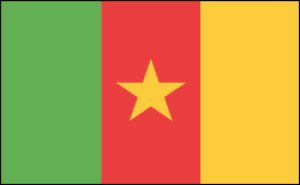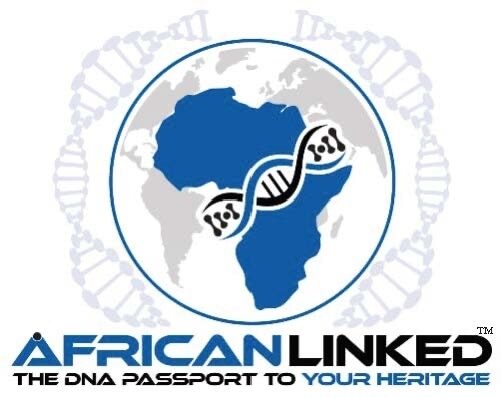
Cameroon
Digital Passport

President: Paul Biya (1982)
Prime Minister: Philemon Yang (2009)
Land area: 181,251 sq mi (469,440 sq km); total area: 183,567 sq mi (475,440 sq km)
Population (2014 est.): 23,130,708 (growth rate: 2.6%); birth rate: 36.58/1000; infant mortality rate: 55.1/1000; life expectancy: 57.35
Capital (2011): Yaoundé, 2.432 million
Largest city: Douala, 2.449 million
Monetary unit: CFA Franc
National name: République du Cameroun
Languages: French, English (both official); 24 major African language groups
Ethnicity/race: Cameroon Highlanders 31%, Equatorial Bantu 19%, Kirdi 11%, Fulani 10%, Northwest Bantu 8%, Eastern Nigritic 7%, other African 13%, non-African less than 1%
National Holiday: Republic Day (National Day), May 20
Religions: indigenous beliefs 40%, Christian 40%, Islam 20%
Literacy rate: 75.9% (2011 est.)
Economic summary: GDP/PPP (2013 est.): $53.16 billion; per capita $2,400. Real growth rate: 4.6%. Inflation: 2.6%. Unemployment: 30% (2011 est.). Arable land: 13.04%. Agriculture: coffee, cocoa, cotton, rubber, bananas, oilseed, grains, root starches; livestock; timber. Labor force: 8.426 million; agriculture 70%, industry, and commerce 13%, other 17%. Industries: petroleum production and refining, aluminum production, food processing, light consumer goods, textiles, lumber, ship repair. Natural resources: petroleum, bauxite, iron ore, timber, hydropower. Exports: $6.002 billion (2013 est.): crude oil and petroleum products, lumber, cocoa beans, aluminum, coffee, cotton. Imports: $6.795 billion (2013 est.): machinery, electrical equipment, transport equipment, fuel, food. Major trading partners: Spain, Italy, France, U.S., Netherlands, Nigeria, Belgium, China, Portugal (2012).
Communications: Telephones: main lines in use: 737,400 (2012); mobile cellular: 13.1 million (2012). Broadcast media: government maintains tight control over broadcast media; state-owned Cameroon Radio Television (CRTV), broadcasting on both a TV and radio network, was the only officially recognized and fully licensed broadcaster until August 2007 when the government finally issued licenses to 2 private TV broadcasters and 1 private radio broadcaster; about 70 privately owned, unlicensed radio stations operating but are subject to closure at any time; foreign news services required to partner with state-owned national station (2007). Internet hosts: 10,201 (2012). Internet users: 749,600 (2009).
Transportation: Railways: total: 1,245 km (2011). Highways: total: 51,350 km (2011 est.). Waterways: (major rivers in the south, such as the Wouri and the Sanaga, are largely non-navigable; in the north, the Benue, which connects through Nigeria to the Niger River, is navigable in the rainy season only to the port of Garoua) (2010). Ports and harbors: Douala (Wouri); Garoua (Benoue), Limboh Terminal. Airports: 33 (2013 est.).
Fun Facts
- It is nearly twice the size of Oregon
- On January 1, 1960, Cameroon became an independent republic.
- There are more than 1700 different linguistic groups in the country. And 230 other languages are spoken in the region apart from its official languages – French and English.
- The country receives plenty of rainfall every year, making it one of the wettest places on Earth.
- The country also has plenty of natural gas reserves.
- You may be surprised to learn that it is (Mount Cameroon) also the only active volcano in the country. It last erupted in 2012.
- The Waza National Park in Cameroon is one of the most visited places in the country.
- Cameroon is known for its coffee, cotton, bananas, oilseeds, and cocoa.
Videos
